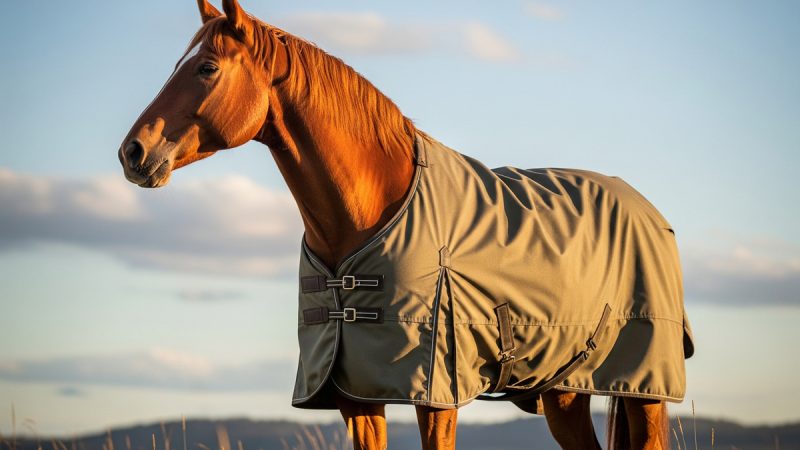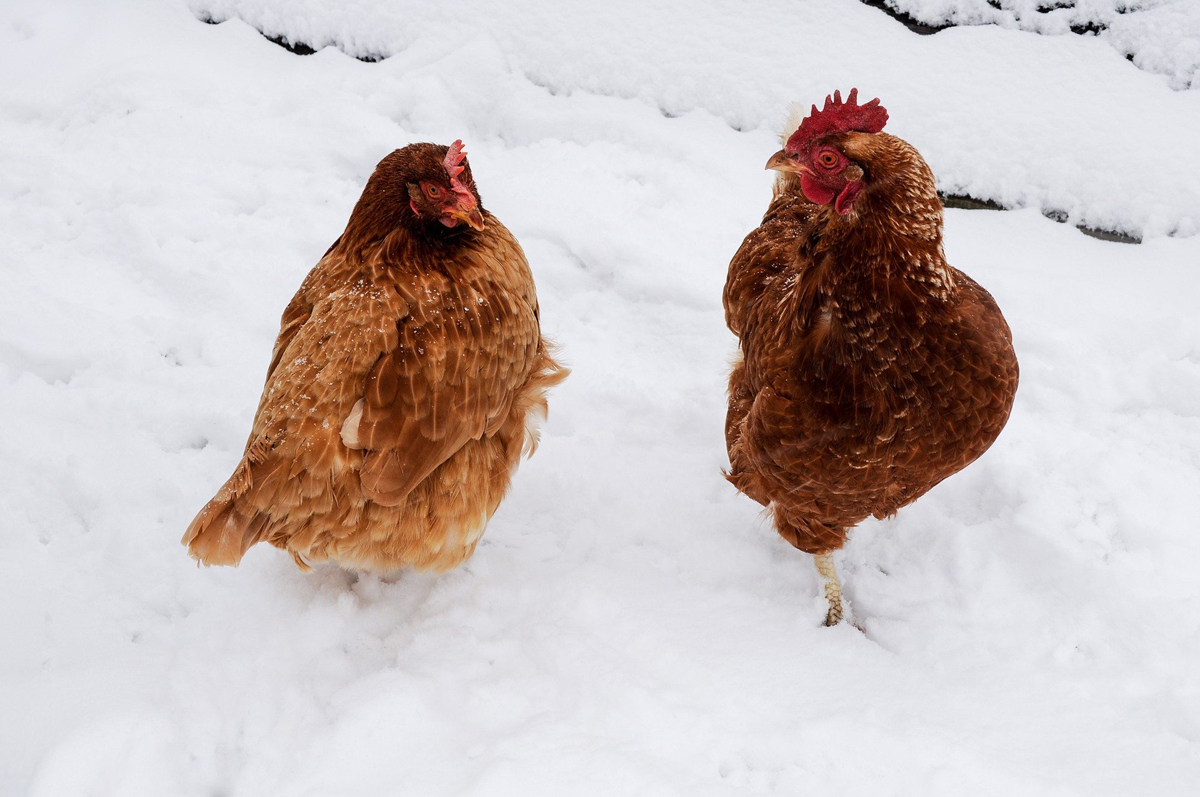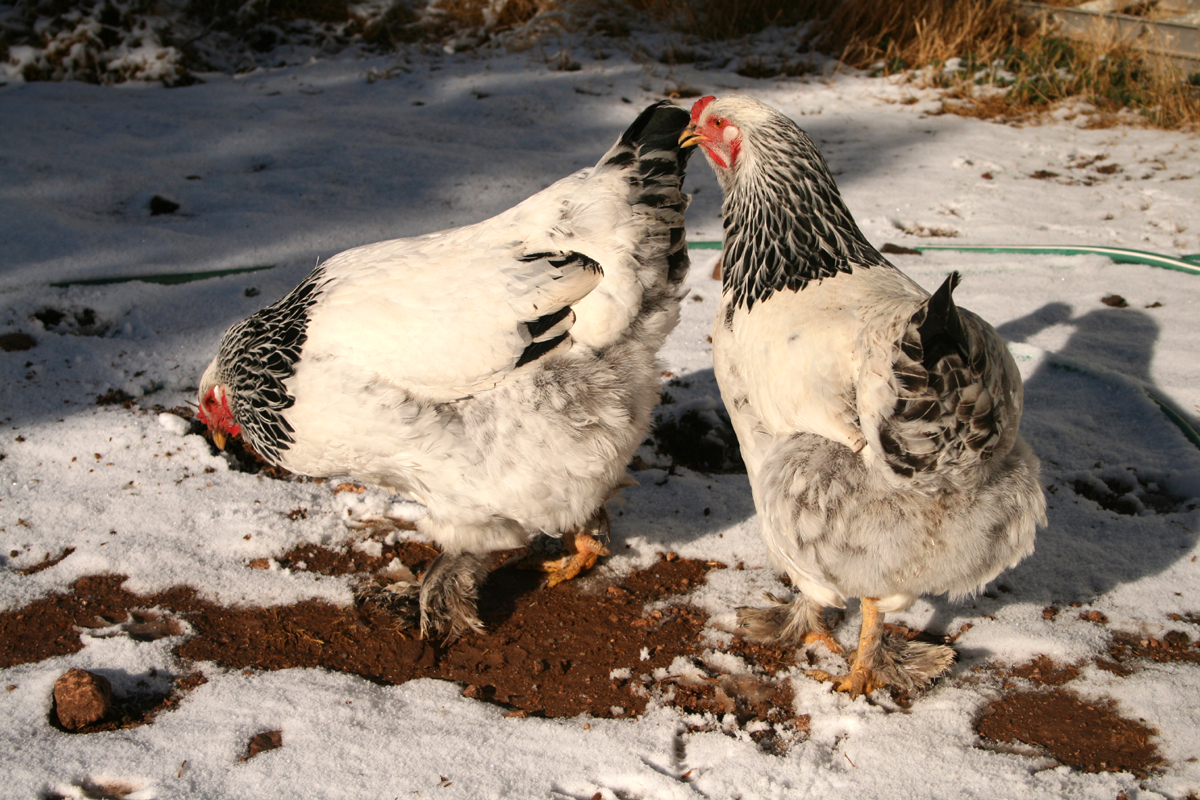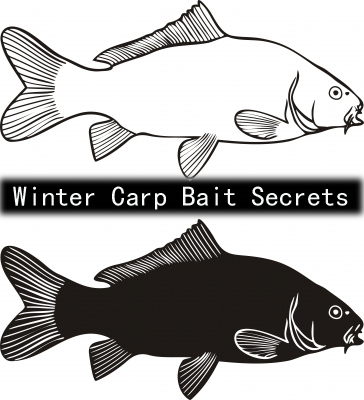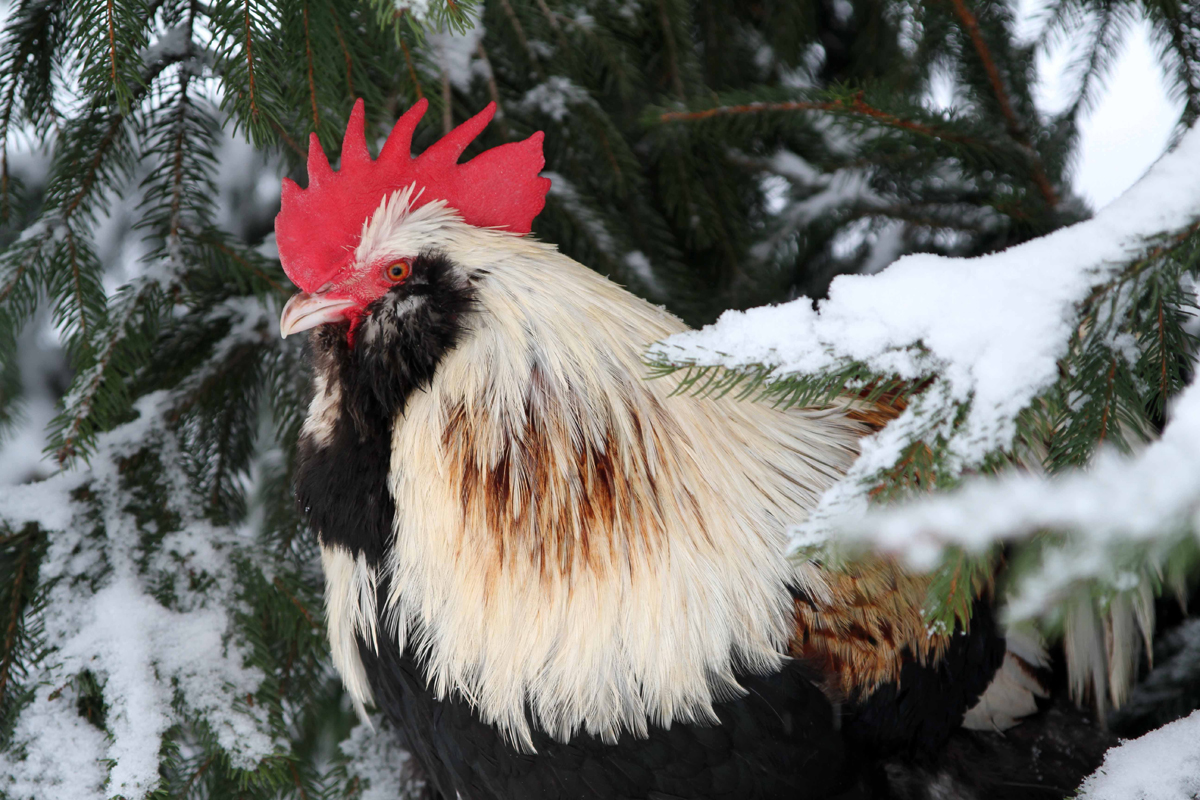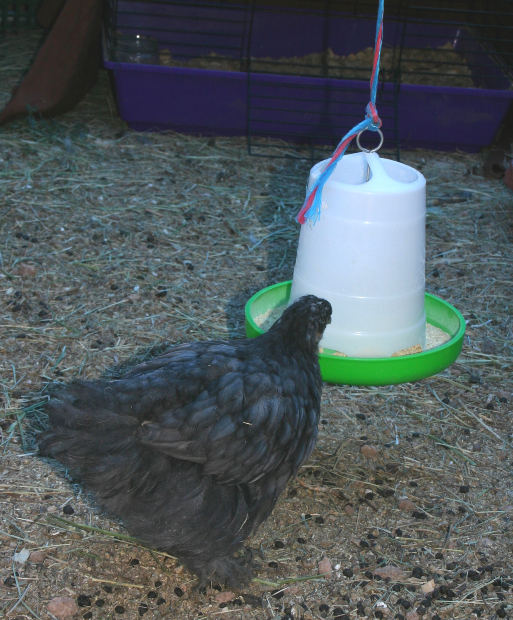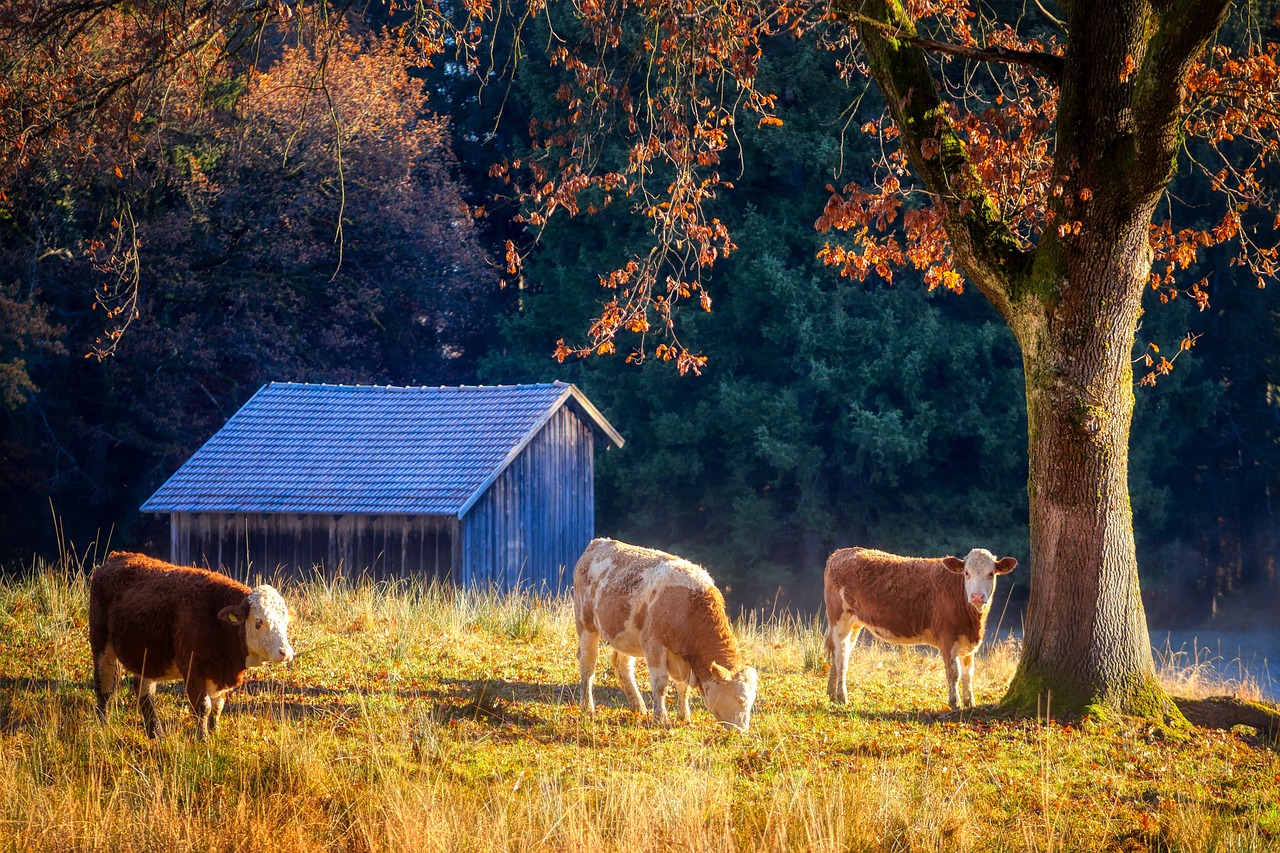Raising Sheep for Wool – All You Need To Know

Raising sheep for wool was the major income source for sheep breeding in the early 1900s. But as the value of wool as a commodity started to decline, farmers and breeders adapted, raising sheep for wool specifically for niche marketing. Fleeces sold to specialty markets or hand spinners will fetch more as opposed to being sold commercially. A pound of fleece can bring as much as $15 compared to just 75 cents in the local market. Cooperatives also help in adding value to a producer’s wool. Small quantities of wool can also be made into custom yarn, blanket, or cloth.
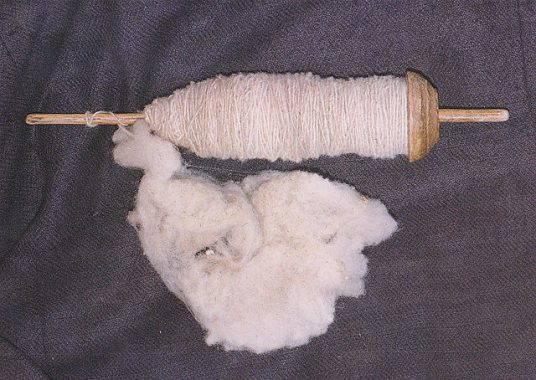
Hand spinners desire high quality wool the most. A producer who wants to produce high quality type takes extra care in feeding, housing, grooming, and raising the sheep. Farmers often skirt fleeces in fleecing wool. Skirting is the process of removing undesirable parts of the fleece. Parts removed include this type: belly, coarse, cotted, stained, tags, and short.
In raising sheep for wool, most farmers often use covers to keep the fleece from getting dirty. This also protects the fleece from the sun’s ultraviolet rays, which causes fading and damage. Wool also grows more under covers and generally softer than wool that grew without covers. The covers have to be changed periodically to keep the sheep well ventilated and clean. An entire industry of producing sheep covers has sprung up because of this. Regular sheep covers are made of nylon.
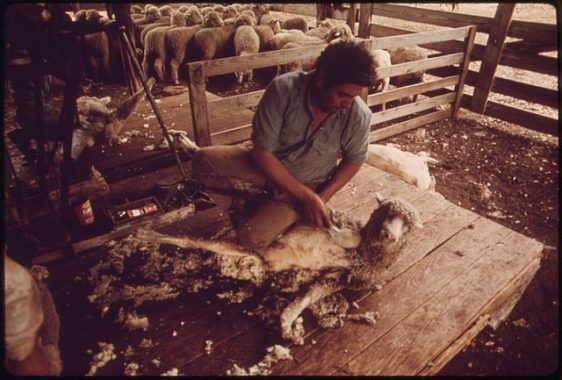
Aside from raising sheep for wool that produces excellent fleece, a producer must also be proficient at shearing. Shearing is the process of cutting off the woolen fleece of a sheep. A fleece’s quality is determined by wool classing; a process wherein wool of similar grade and quality are grouped and sold together to increase its value. It must also be cleaned, called scouring, removing grease and dirt from the fleece. It can be immersed in warm water, or can be cleaned with detergents and alkali.
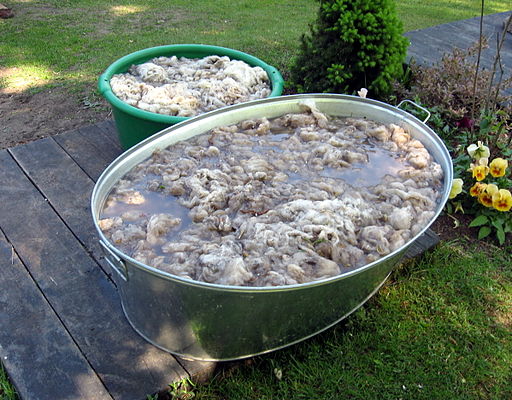
A wool’s quality is very important in raising sheep for wool. Factors that affect a it’s quality include: color, crimp, fiber diameter, staple strength and yield. Of these factors, fiber diameter is the most important. The finer it is, the better its price will be. Merino type (generally agreed upon to be one of the best wool in the market) grows about 3-5 inches in length and is very fine (12-24 microns). In general, the smaller it is in microns, the better it is. Those types which are finer than 25 microns are used for clothing while coarser wool are made into rugs and outerwear.
The Author:
Are you looking for more tips on raising sheep for wool? Separate yourself from the usual sheep owners who are prone to common mistakes. If you would like to learn more tips on caring for sheep and how to raise sheep correctly, please visit: http://www.howtoraisesheep.co
Photo. Peter van der Sluijs, Dezidor


